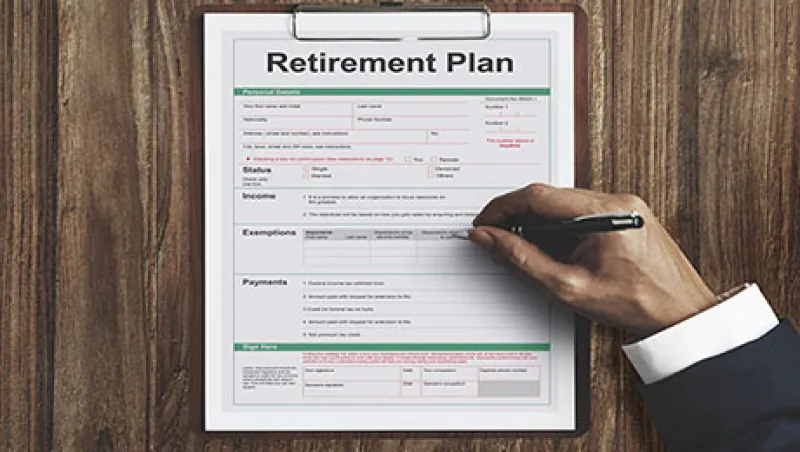Not long ago, the British government grappled with a problem that has long bedeviled U.S. leaders as well: Half of British households have nearly no retirement savings or investments. But unlike the U.S., the U.K. enacted an aggressive effort to expand retirement savings among members of its workforce.
So, how successful has that effort been? According to “The United Kingdom’s New Retirement Savings Program,” a report issued this month by the National Institute on Retirement Security evaluating the results of a national retirement scheme enacted in October 2012 in the U.K., the program has significantly boosted the overall number of people saving for retirement. Four years into the automatic enrollment program, nearly 300,000 employers have enrolled close to 6 million people in the scheme. What’s more, retention is high once employees are automatically enrolled, the report notes.
But whereas the program represents a big step in the right direction, it isn’t perfect, the researchers found. NIRS, a nonprofit research institute focused on retirement security, found that the program does not offer workers enough transparency around fees, and the maximum savings rate allowed by the scheme is not sufficient to provide financial security in retirement.
The NIRS report offered a detailed examination of the British retirement savings program, known as auto enrollment. A total of 9 million new private sector savers are ultimately expected to participate in the program when the first round of mandatory enrollments is completed in 2018.
The British program created its own government-sponsored entity, the National Employment Savings Trust, or NEST, that any employer can use to enroll its employees if a private sector vendor isn’t desired or suitable. NEST, which holds the majority of the new savings, offers a 50-basis-point, all-in fee, with target date–style funds that can be tweaked by NEST according to market conditions. And, unlike participants in U.S. defined contribution plans, U.K. auto-enrollment employees generally are not allowed to borrow money from their accounts, ensuring that their savings are more likely to compound and grow unimpeded.
In terms of savings rates, in the U.K. program employers currently contribute 1 percent of assets, while their employees put in 0.8 percent. By 2019 the goal is for employees to contribute 4 percent and employers to contribute 3 percent, with the government kicking in an additional 1 percent, for an 8 percent total.
One of the biggest criticisms of U.K. auto-enrollment is that contributions will cap at 8 percent, believed to be an insufficient savings rate to fund retirement. However, there is the possibility of raising this ceiling at a future date. Another complaint is that plan providers do not reveal fees on their own web sites, which are capped by law at 75 basis points, or 0.75 percent. Some providers, such as NOW: Pensions, managed by ATP, the national Danish pension fund, have kept all-in fees to only 30 basis points.
The NIRS report reiterates the need for increased savings among the U.S. workforce: The median amount of retirement savings for all households is only $2,500; for near-retirement households it’s $14,500. Piecemeal efforts have been made to expand savings, including the U.S. version of 401(k) auto-enrollment at only some employers that offer plans, and the creation of a government-sponsored plan called myRA in which assets are held in Treasury bills and transferred to a private sector Roth IRA when the account reaches $15,000. None of these endeavors are helpful for workers at the many employers that do not offer a retirement plan.
The NIRS report notes the current efforts by various U.S. states, including Oregon, California and Illinois, to sponsor their own private sector retirement plans for state residents not offered one in their workplace. If the U.S. were to follow in the footsteps of the U.K., these programs could be expanded on a national basis, requiring auto-enrollment and mandatory contributions.
“Without mandates, access to payroll savings programs or mandatory employee contributions, which remain controversial, American workers will likely lag behind workers in the U.K. when it comes to retirement security,” the report’s authors write.






